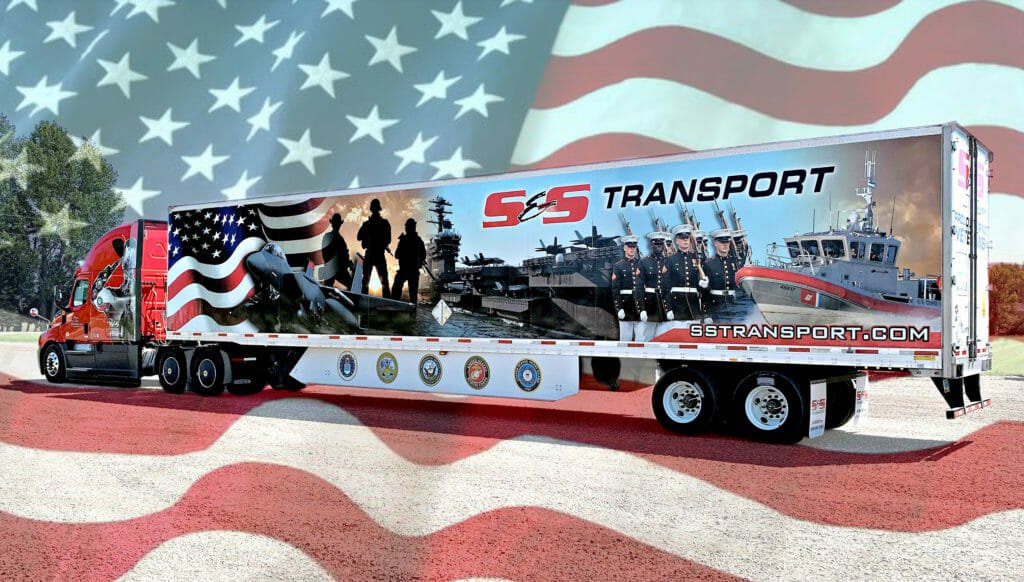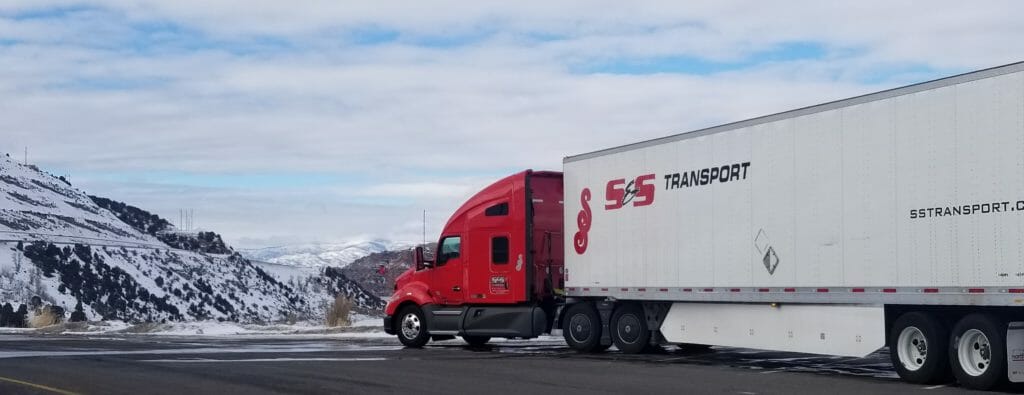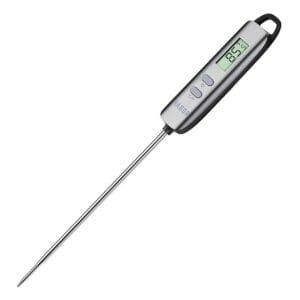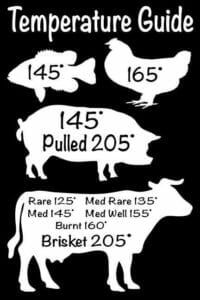This guest blog was written by our very own Driver Trainer, Kevin, who is a U.S Army Veteran. Boots to Suits is about the Military to civilian transition that many Veterans face. We would like to thank him for writing this, just in time for Veterans Day.
The US Military Veteran is taught three things: Respect, Integrity and Honor. These three principles in some way shape or form are the cornerstones of how you conduct yourself on a day to day basis. It’s time to walk into your closet to find your hung uniform and prepare it for the next day. It’s in the way you shine those airborne boots for your Dress Uniform Inspection, the belt goes from left to right or right to left depending on the Service Member. Its seen in the way your beret fits snugly and is parallel with the marching surface, shaved and your crest is square left to right and top to bottom. The tight crease in your sleeves or the way your medals are perfectly ¼ inch from the marksmanship badge and those are a perfect 1/8 inch from the edge of the pocket seem is how you show the pride you have to wear that cloth which represents the blood shed for your right to stand there today.
In the military you’re taught your pecking order and the command structure. Customs and Courtesies and how they relate to both professional tact and military bearing become a part of the normal thought process. Taught to stay in your lane, and you’re taught that sometimes your lane encompasses three or four other lanes at the same time, depending on your position or duty. Every day is one that is sometimes loved, dreaded and sometimes both. As a person progresses their career in the military, they learn things like Leadership, Courage and how to train others in their job. The military professional is one of the extreme few careers where your taught Professionalism and Leadership as part of your job. Even though it is something that is a necessity in day to day life. The love for family, the love of country and meeting people you never knew existed is standard. Next thing you know those Men and Women are the ones you call Brother and Sister. Something a person who never wore the uniform could ever understand, not because of your blood line but because of that uniform, that oath, we are bonded. For life.
New things become a cherished commodity. Like pride in your work, timeliness and that family lazy day. Spending weeks, months or even years away for training exercises, professional development courses, out of country duty stations for years on end or deployments to a foreign land for 9-15 months at a time. A veteran does more before 9 AM than the average person does all day. After all that training and time away, you’re given 14 days off to spend time with family. During this time, you must find a way to harden your heart for the sake of your sanity. Here it comes, the next step in your career, Deployment.
As you wave goodbye from the plane window, off you go to some distant land you only have read about to complete the mission. You become rock hard on the outside while you are gone. No one can know the pain in your chest as you Shoot, Move, and Communicate; and to do so in a manner that allows you to send maximum information in minimal time. While subduing the enemy and transferring assets to different locations. All while normal, hell what’s normal anymore, life will go on while you are gone. The family you knew will not be the same family when or if you even return. While you are gone you have but one thing and one thing only to focus on, the mission. You must put in the back of your mind the memory that you just laid to rest your mom 30 days ago due to an aneurysm. Next month is the 4-year anniversary of losing your dad on deployment in Iraq due to cancer complications.
One can never understand how to love or how to feel, until you let go of loved ones to board a plane with a return date of “uncertain”. Unknown if you will ever be seen, held, high-fived, kissed or kiss your family again. You can’t afford to show the pain in your heart as you watch a video of your daughter’s first band concert. Knowing those eyes of hers are scanning the crowd for you. Listening to your son tell you that you missed him kicking the winning shot in his first soccer game of the season. Then before you know it your packing containers with gear and guns and getting ready for that long-awaited plane ticket back to what was once that cherished thing you called, your life.
Welcome home. You’re expected to be a military professional again. That shiny tip of your nation’s mighty sword. Yet, as you shine those boots and put those medals on that dress uniform, inside you feel the broken struggle. Daily is the battle waging inside of your mind against those hurtful memories. Memories that are beating all remnants of who you once were into a scarred, emotionless, battered and bruised version of that young man or woman you were before joining the military. To know pain is to know the remorse of survival from a battlefield you revisit in your nightmares every night. The internal struggle of every waking moment. Of hiding the scars and unseen wounds under a camouflage uniform and boots.
The day has come, the military life, is over. Your broken body can no longer handle the stressors of war and the military life. Your surgeon says, “that ligament and muscle wound in your shoulder will never truly heal”. Classes are taken, courses are graduated. You have your VA ratings and your final award the military will ever give you. Today is that day, the day you get your highly coveted DD-214. You hang up that uniform one last time. Ensuring each crease is precise, as it should be. You feel your heart grow heavy as you know this uniform will never be worn again. It is about to start collecting more dust than your rifle on that third deployment. Your boots are clean, untied and laced tight, as you tuck those laces down the neck of each boot, you reach for the new shoe box in the corner. The boots now replace the shoe box and inside is a nice pair of shiny dress shoes. In moving the hung camouflage to the back of the closet, you remove that new business suit as you walk out and close the door. Before you turn off the light you look back at that uniform and close the door with your eyes welled from tears. You reach for the switch and pause as you know that you are about to turn off the light in a chapter of your life that you will now only carry in memories and scars.
Today is new driver orientation. You are very excited to be able to move to a job in the civilian world that you know from military life. After a bunch of paperwork and a few administrative checks later, you can walk to your new (well new to you) truck. You pop the hood and start going through your checks. The military pre-combat checks are coming to mind as you remember all the things that the trucking school told you. You can’t help but be precise in your check. Front to back and left to right and top to bottom. Lights, brakes, truck book, fluids, food, load… the list goes on and on. You feel a sense of peace as you use your experience from the military to check your truck.
There’s another message from dispatch. You must drive 143 miles out of the way to go help some 10 year trucker because he can’t make the delivery on time. So, you get to the meet-up point and he’s no where to be found. After a few calls to dispatch and to the other driver, you finally get the load and are on your way. What was that guy thinking? Taking so long to get here. If he can’t make the load and I can… but why waste my time too?
On your way to the drop, you pick up the phone and talk to the family. Tonight, is your daughters first fall band concert and it went well. She misses you. Your son has his first season of coach pitch baseball this year. This load you’re on is going to get you home just in time to see him play his first game. You speak to your wife for a few minutes and talk about bills, life, and maybe taking a nice vacation. It’s been six months since you have been on the road. You’re making enough money for the bills and family, and everyone is healthy and happy. However, you feel a small sense of emptiness. This is also something that you discuss with your wife. Before you know it you’re on mental cruise control operating the truck and the conversation with your wife has been going on for two hours and she’s literally falling asleep on the phone with you. You quietly tell her goodnight as if you’re laying right next to her. Blow her a kiss through the phone and hang up.
The shipper gets you unloaded and now it’s time to get home. You have 91 miles to drive and 86 minutes to drive that time. But this is home…you know the back roads and you can make that drive in a little over an hour. You call dispatch and tell them you’re headed home and unloaded. You will send your load paperwork once you get there. Off you go. There it is, you think, the Sun. As it crests the horizon, you throw on those military issued polarized sunglasses that you kept when you got out because you knew mornings like this would come and these were the ole trusty dusty glasses from your 3rd deployment. 91 miles in 74 minutes. Dumb GPS is trying to take you those highways and main roads.
The company let you drive the truck home as usual and you even saved them 12 miles on the truck. It’s only a few gallons of fuel, but that’s money that the company doesn’t have to worry about later. Why would you waste resources? After all, waste, was a key talking point from the safety brief. Most of the drivers snarled and snickered when it was being talked about, but it hit you as you remember the Fraud, Waste and Abuse speeches from the military. You walk up to the door and pull out your keys and walk inside and start making bacon and eggs. After all, Joshua has a baseball game today and he needs a good breakfast.
As the family walks out the front door, your son and daughter see the truck. You look up and see that it is a shining glimmer of how you feel every driver should keep their rig. Clean and parked square. Tires straight, windows clean, lights and mirrors shiny and waiting for use. Joshua walks over and puts his hands on the side of it and runs to the family car. As you walk by you see the imprint of his palm and fingers on the dark black wheel well. You grab your shirt sleeve and in a circular motion clean that spot. After all, it was an imperfection on the paint job. You want that thing to look its best. After that is your rolling home away from home.
Joshua had a great game and unfortunately his team lost 10-8. A good day of family games and taking time to do family things is what you have been craving lately. You’ve been on the road for 19 days and you are ready to spend some time at home. There it is – the Honey-Do list the wife has been waiting for you to get done. You take your orders from Household-6 and off you go. The porch lights come on as your driving those new screws in to replace the deck screws of those old raggedy boards that was on your Honey-Do list. All the sudden, here comes your wife out the back door, in a slim tight dress and wearing heels, hair done, and she has champagne glasses. She walks up and wishes you a happy anniversary. That is when it hits you: you’ve been out the military for six months.
Well the time has come, Honey-Do list complete. Dispatch is calling. Kids are on the bus and the last hugs are give to the wife. You jump in the truck. You glance around. You smell the fresh clothes that are in the closet, you look down to see your small carpets, you reach down to slide one into its exact spot. Clean floor, clean linen, but you once again feel that emptiness. You spend the next few hours driving to your pickup location and you once again are having to wait on the shipper to load you. Three trucks are ahead of you. Another place that must hold the same mindset that the military had, hurry up and wait…
The way of driving on the road for you is a sense of being your own boss. You get to stay in your lane and you are sequenced in my actions. You have your place, and everything stays in its place. Your clothes are where they need to be, and you are in the driver’s seat literally controlling your life and where you go for once. No longer the military’s job to tell you where to go, what to do, when you eat or what to eat! Six months free from that nonsense. It feels so freeing. Oh god another message from dispatch.
This time they want you to go get this very special load. It requires a specific attention to detail and a very tight window for delivery. One thing you have prided yourself on is the traits you learned in the military. Those things you hold as part of your very core values. Honesty, Loyalty, and Professionalism in all things you do. Your dispatcher has come to know you and truthfully you give him crap all the time because he was in the Coast Guard for four years. Nothing fabulous and as he’s on the phone explaining the load and the run and the requirements behind it you realize something. Your values you learned from the military are starting to move to the civilian world and you’re being recognized for those because you have been seen as someone who is both valued as a driver, and in all honesty, you’re reliable and they know you will not fail.
You pick up the phone and call your dispatcher and after you ask him about the water temperature today you tell him the load is delivered. 12 minutes early. But you’re out of hours and you’re eight miles to the hub, so you are about to head over. Once you get to the hub the building is closed and you are tired. 1300 miles in less than 30 hours is a task. But you did it. You park the truck, stand up, and look around. Everything in its place and a place for everything. It’s then you call the family and tell the wife of the awesome trip. As you hang up the phone you lay your head down and you still feel that emptiness.
The emptiness is from the transition and you know that. You can smell the gunpowder at the firing range on qualification day. You were the best shooter in your company. You and another Soldier would always battle on Qual day as to who would have the higher score. Often going 2 or 3 times to settle it. You miss the camaraderie and the family you inherited from your job. That’s it, you need that feeling back. But how…
A DOG! THAT’S IT! Are the thoughts that you scream out loud as you sit up in your bunk. A dog. You reach for the phone and call the wife only to hear the voicemail go off. She calls back and you two talk about it and all agree. Tomorrow you will get a puppy.
As you head home you have yet to tell the family about the pup, mainly because you still call her Dog because you haven’t named her yet. Phone rings, Dispatch. You are being routed to pick up a truck load of salt cause another truck broke down. It’ll get you close to home for your time off, however you’ll have to get another load into the area to get you home. Well at least it’s more money in the bank. Who knows what you would think about this situation had you not been in the military. Luckily you can get frustrated and still move forward and be professional. You know several people at the company that have never been in the military and they have the same mentality. Pretty refreshing from the get-go that they think that way.
As time goes on you start to realize that the transition isn’t the worst thing. You have had bad times and good times. Good memories and bad memories. The best thing to remember is that no matter what happens at work or at home, you are needed. You have people that care, and you have a future. As long as you choose to!

If driving truck seems like it could be the perfect transitional career for you, check out https://www.sstransport.com/careers/. S&S Transport is proud and honored to hire Veterans from every branch of the military.









